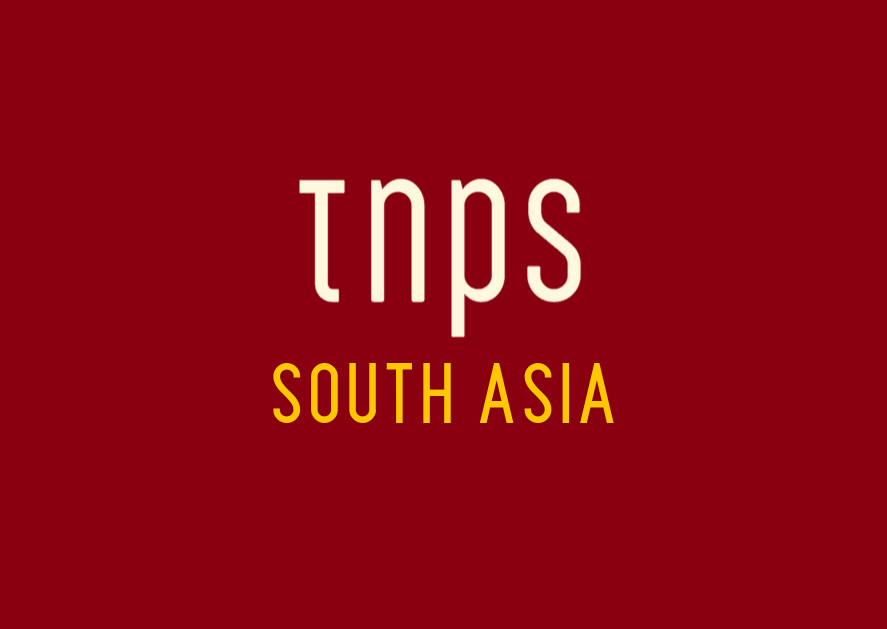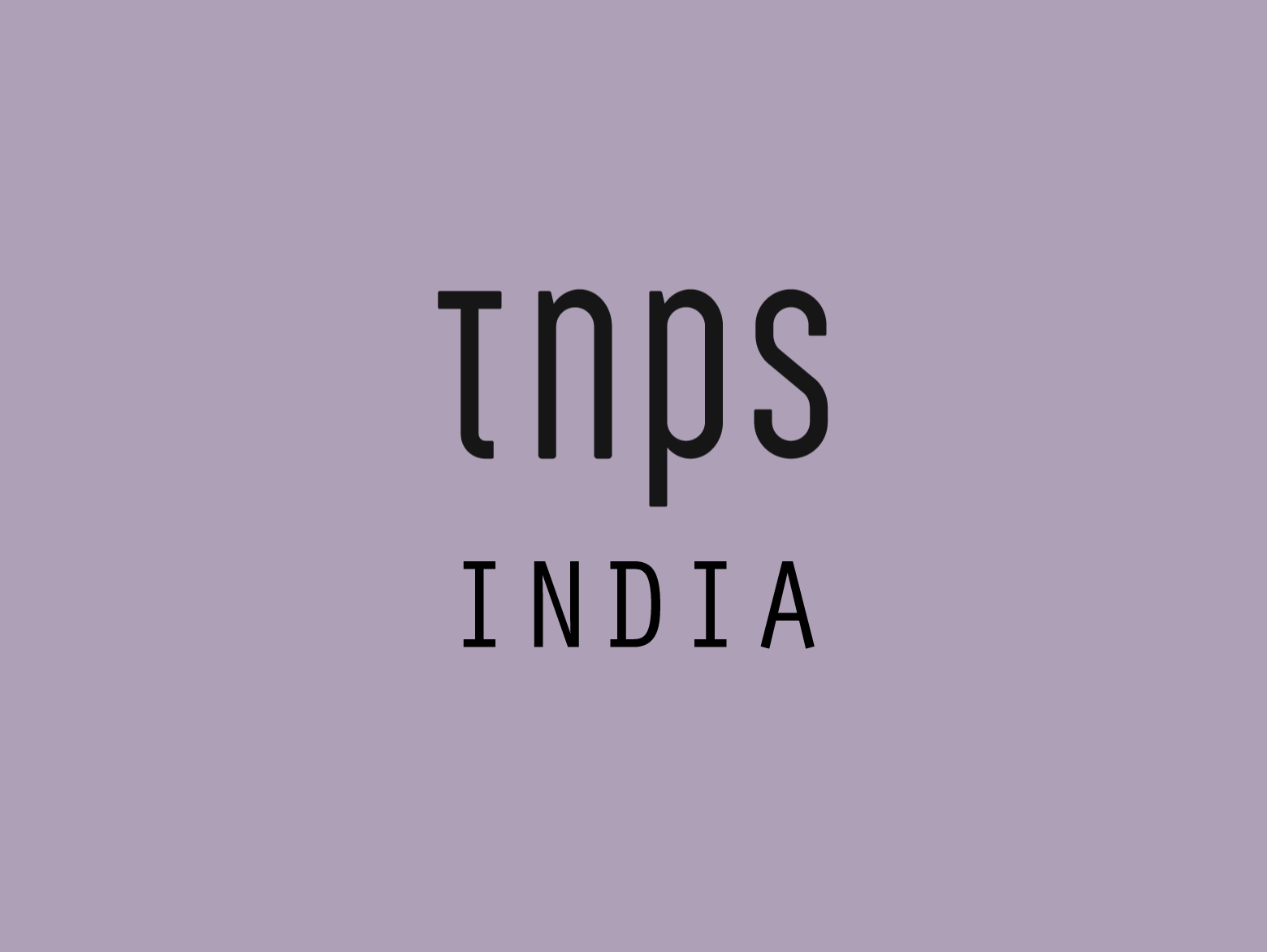More often than not, pirated copies are poor quality, and do not represent value for money. Consumers understand that, and given the option many – probably most – will opt for the original, even if it costs more.
Piracy is often cited by emerging market publishers as a reason not to digitise, but the reality is that most piracy is in print, and the real problem is not format but the lack of enforcement of copyright laws.
The Kathmandu Post took an in-depth look at the problem, including quotes from the International Publishers Association – IPA, Penguin Random House India, but perhaps the most important quote in the article came from Anjan Shrestha.
Pre-Pandemic. the Nepal government had the bright idea of slapping a 10% import tax on foreign books, just as the Nepal International Book Fair was about to begin. Imports fell so sharply that the book fair was cancelled at the last minute.

Noting the Nepal government had imposed a 10% import tax on foreign books, leading to booksellers importing fewer titles, Shrestha said:
“The import of books went down for about two years. Then the pirates stepped in to fill the gap.”
And this lies at the heart of the piracy debate.
Yes, there will always be unscrupulous operators ready to copy anything they can that will make them a profit, and that’s a matter for publishers and law enforcement to work together on.
But more often than not, pirated copies are poor quality, and do not represent value for money. Consumers understand that, and given the option many – probably most – will opt for the original, even if it costs more.
But in markets like these, it’s usually the case that there isn’t a legal option.
The Kathmandu Post article touches on this, noting that few Nepali publishers reach out to foreign publishers to buy translation and distribution rights, even though rights prices may seems a bargain to western eyes.
But the other side of this coin is that most foreign publishers have territorial rights enabled that prevent the original language versions in any format ever reaching these markets, and that foreign publishers dismiss small markets like Nepal as not worth the effort to try engage with local publishers.
There may well be sound economic and manpower reasons for this, especially where the emerging markets are small in population. But Nepal has a population of 30 million (more people than Australia) and an online population of 20 million (more internet users than the Netherlands and twice that of Sweden).
True, Amazon and most other western digital books platforms appear not to know or care that Nepal exists, and the nascent domestic digital book infrastructure that does exist cannot meaningfully develop without more digital content.
But Nepali and foreign publishers can both help address this problem, and for foreign publishers it’s as simple as allowing wider reach when ticking the territorial rights boxes offered by the digital distribution platforms.
The beauty of that is, it massively expands both the publisher’s reach and discoverability at little or zero extra cost, helps vitalise nascent book markets by bringing more consumers into the book-buying arena, and expands demands for other titles by the author. And by encouraging Nepali readers to explore more foreign authors it also opens the door for Nepali authors and publishers to reach out to the rest of the world.
A win-win for all, if only the will was there.
#Nepalpublishing #Nepalbookmarket





